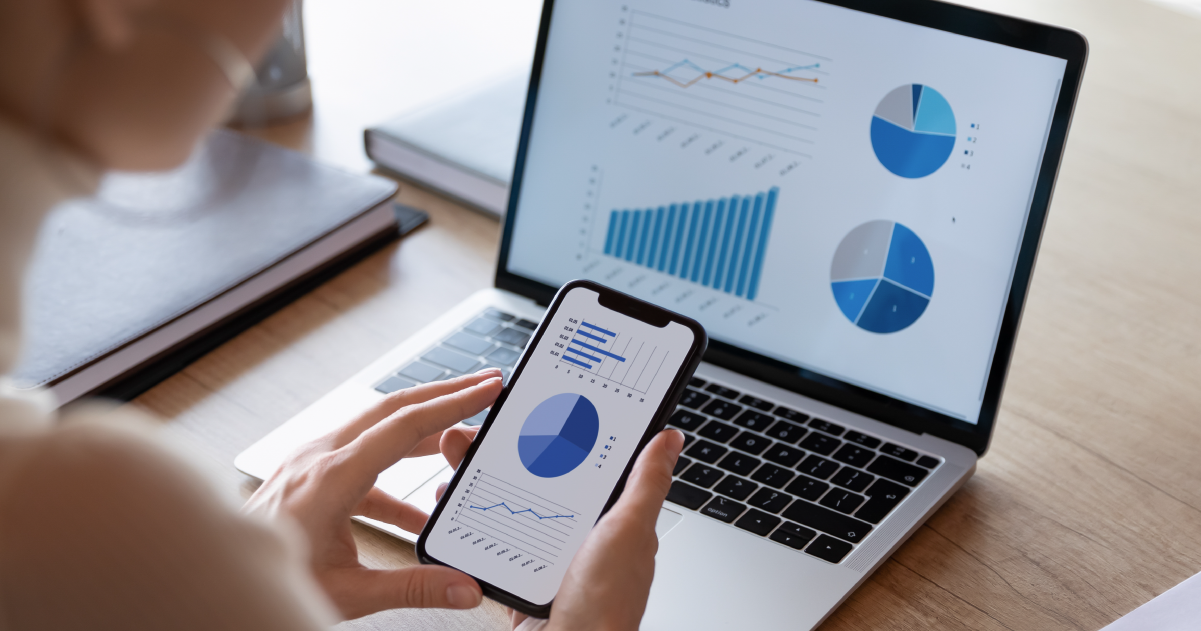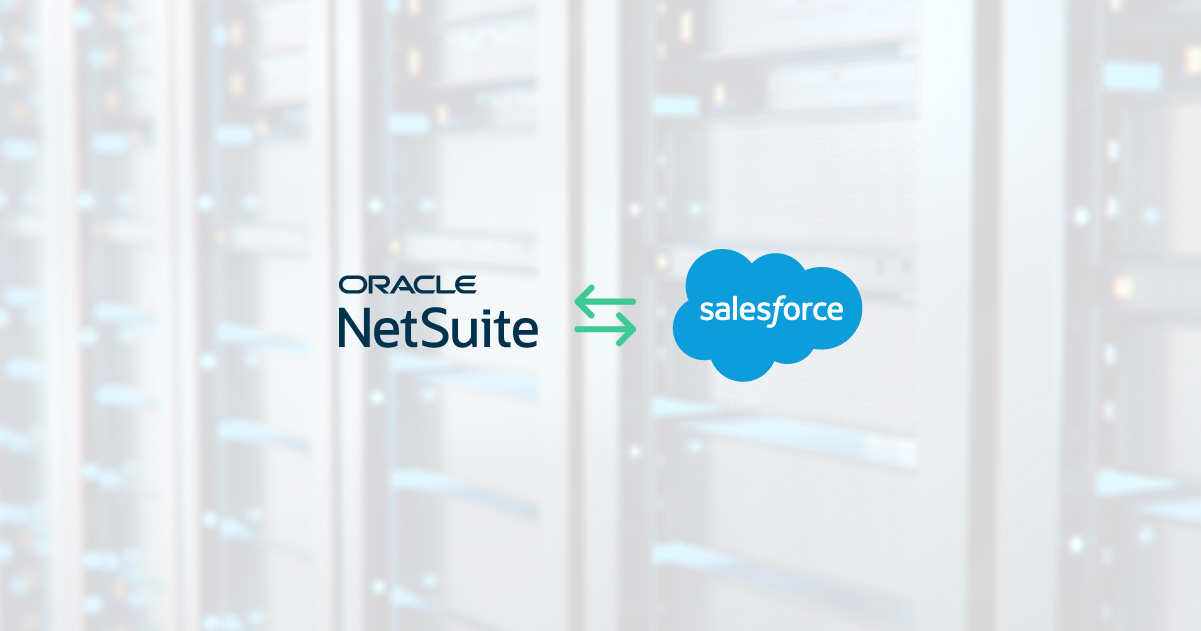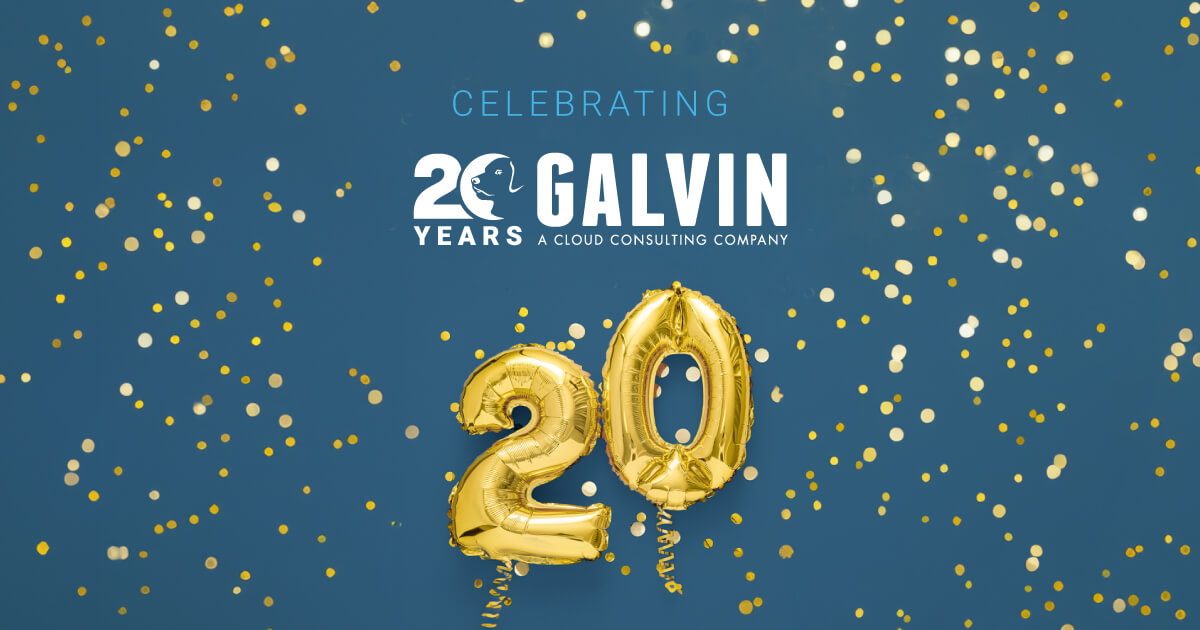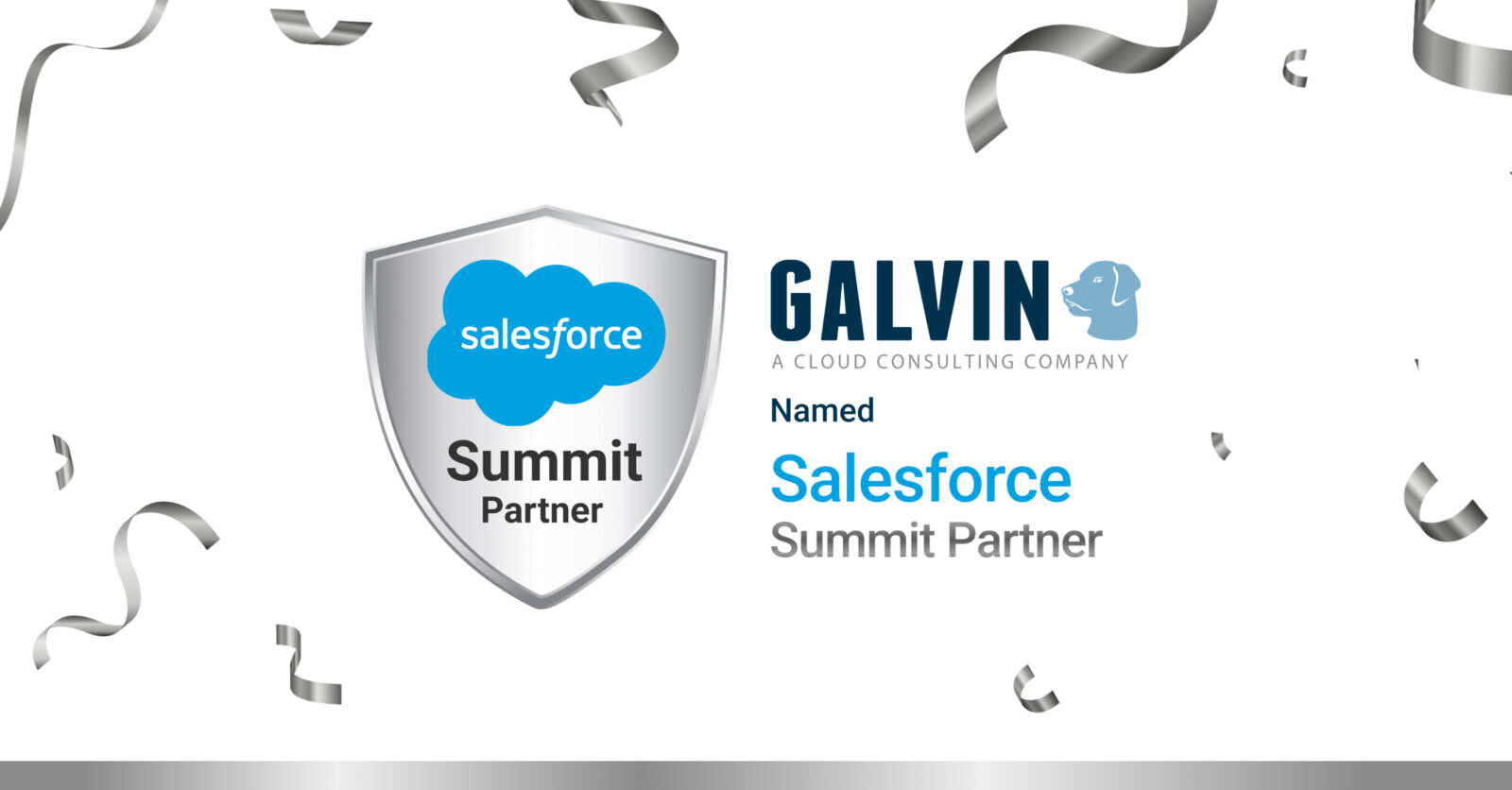Leveraging Salesforce as a Meeting Tool
As often as sales teams meet, you’d think they’d be better at it. However, the truth is that the average employee spends a third of his time sitting in meetings instead of closing the sale. In the U.S. alone, unnecessary meetings account for $37 billion in wasted salaries and resources.
The problem with meetings is that many are unproductive. The typical meeting runs between 30 minutes and an hour and demands the time of nine people, so a plurality of meetings can quickly eat into the overall productivity of a business (which is why unnecessary meetings carry such a hefty price tag).
So there’s the problem. What’s the solution? You can’t very well get rid of meetings altogether. After all, some are necessary — as far as technology has come, there’s still no better medium for connecting minds than putting them all in a room together. The answer is ultimately in the organization that Salesforce can bring to your meetings.
The Salesforce Dashboard
Salesforce suggests you “encourage managers to lead staff meetings from Salesforce.com dashboards.” A quick reference for managers, the dashboard is a sort of pin board you can point to while discussing sales metrics. Specifically, the CRM company advises that you:
- Review weekly activities by salesperson; compare activities by salesperson for best practice ideas
- Review pipeline or forecasting by salesperson
- Review period attainment to goals
- Review weekly customer interactions by volume and type
- Review high-priority tickets for knowledge sharing
- Review escalation success and failures
The idea is to use Salesforce to keep meetings progressing from point to point. And, each employee has access to the dashboard, so following along is not merely a game of listening.
Optimized Scheduling Through Groups
When you put nine people in a room and tell them to talk, things can go wrong. If they don’t have a clear map of where the conversation should go, it’s going to go all over the place — a single tangent can derail an entire discussion.
Groups is a Salesforce feature that frames conversations and keeps everyone involved on the same page with the same materials. Corralling a team or even an entire department into a Salesforce group elevates internal communication abilities immediately. Groups can share an account or campaign, they can schedule events and meetings, and they can extend conversations from the conference room to online. The discussion platform includes an option to send files, as well.
Keep Employees Engaged
Thirty-three percent of the average meeting is seen as unnecessary, but imagine if every member of the team could participate in just the important aspects. That is what Salesforce brings to the table. Nearly every moment spent using this CRM tool is valuable.
Eighty-three percent of people say recognition for workplace contributions is more fulfilling than a reward or gift. And, 70 percent agree that the best kind of recognition has no dollar value. Salesforce not only gives management a way to structure and organize employee time, but it also provides incentives for productivity. Managers can assign badges for contributions, which other employees will be able to view, through Salesforce’s Chatter Badges. Coworkers can also endorse one another for particular skills and expertise. A study in “Psychology Today” showed three quarters of workers find peer praise “very or extremely motivating.”
When you incorporate Salesforce into the workplace, teams enjoy a more productive atmosphere. This leaves team members feeling better about their work, while management gleans better results.
Also published on Medium.
— Related Articles —
— Also on Galvin Tech —
Also published on Medium.













